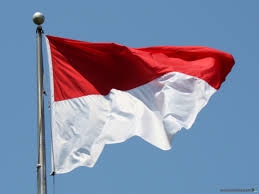
Indonesia hungry for foreign direct investment to meet GDP growth target
Particularly in the manufacturing sector.
President Widodo cannot stress his expectation enough.
Indonesia’s government hopes to achieve an ambitious 7% GDP growth target by 2018, and Widodo believes that this could be met through the help of foreign direct investment (FDI).
According to a report by DBS, for infrastructure development alone, the government aims to see the private sector contributing about 30% of the USD 450bn infrastructure overhaul within the next 5 years.
From the external flows perspective, it is also important to see more FDI. Gross FDI amounts to USD 28.5bn in 2014, pretty much unchanged from 2013. On balance of payment basis, net FDI is likely to reach about USD 12bn in 2014, also unchanged from 2013. As a comparison, DBS projects current account deficit at USD 25bn in 2014 (or 3% of GDP). This means that 50% of the C/A deficit is still financed by portfolio flows.
Here’s more from DBS:
So far in Widodo’s administration, some policy changes (including the one-stop platform for new business permits) have been encouraging. But investors are also wondering if the government is turning to become more interventionist. Efforts to lower cement prices and lending rates (for low-cost housing mortgages) as well as plans to introduce new taxes are some recent measures that divide opinions among investors.
All things said, the biggest test for the government is still on the implementation phase of its infrastructure plan. After all, infrastructure bottlenecks tend to mean capacity constraints and higher production cost. For now, optimism is high on the government’s push for an infrastructure overhaul in the economy. Disappointment will follow if the government fails to deliver.
























 Advertise
Advertise






